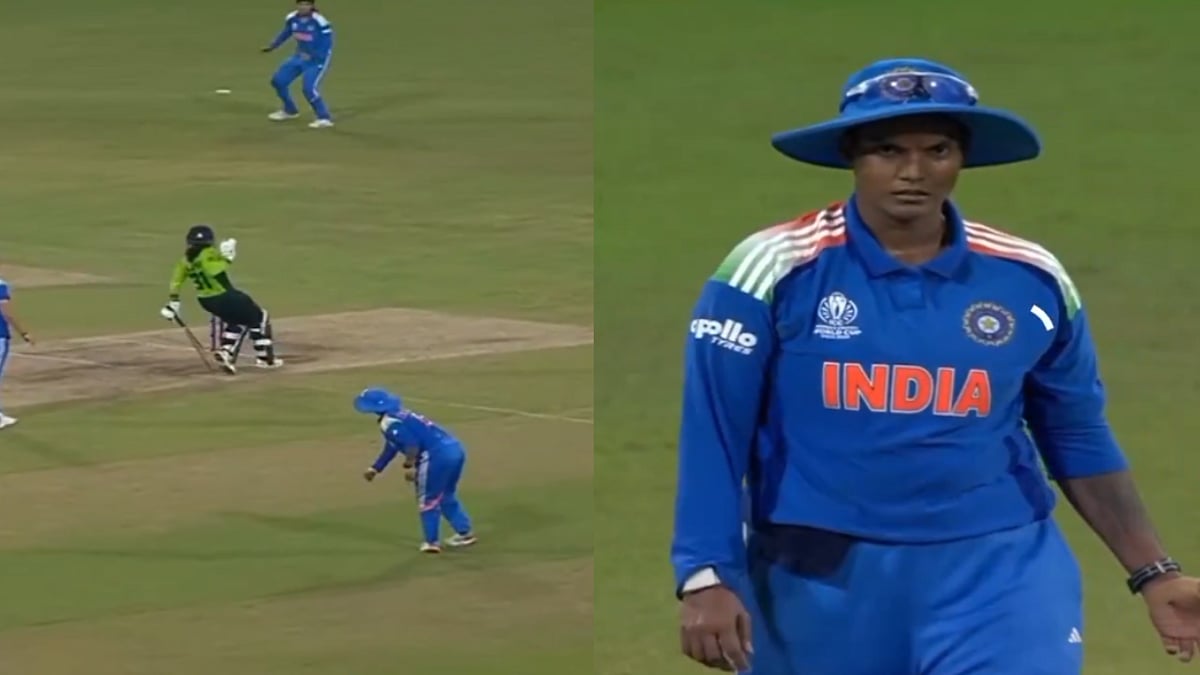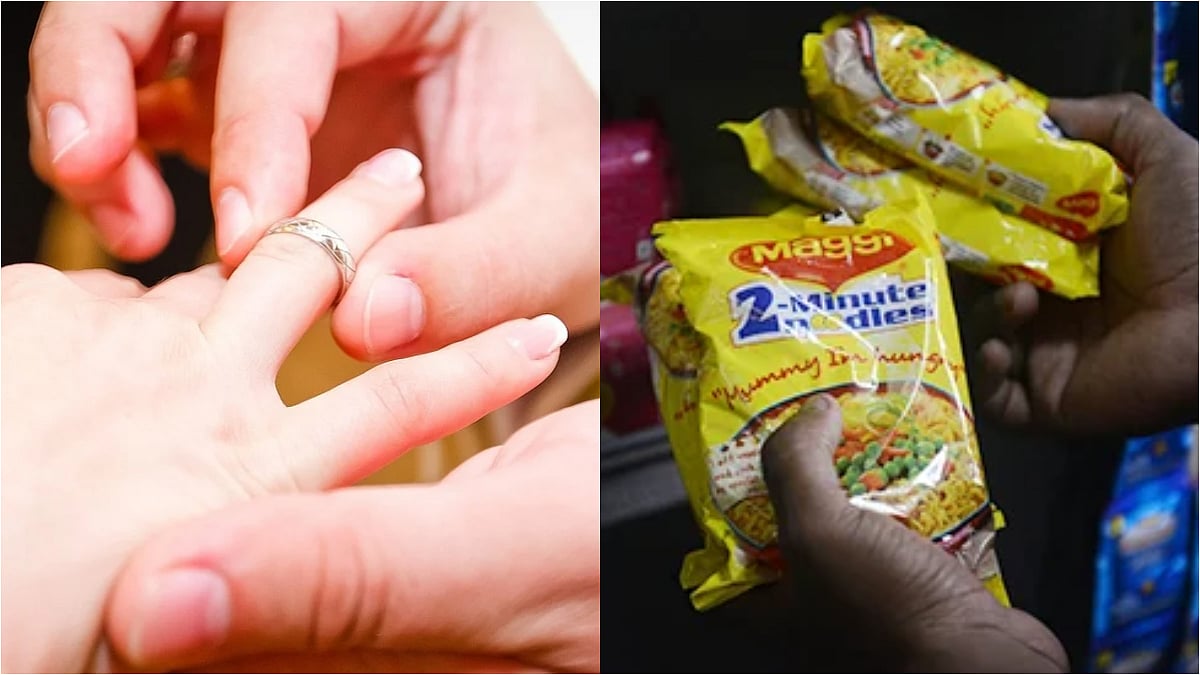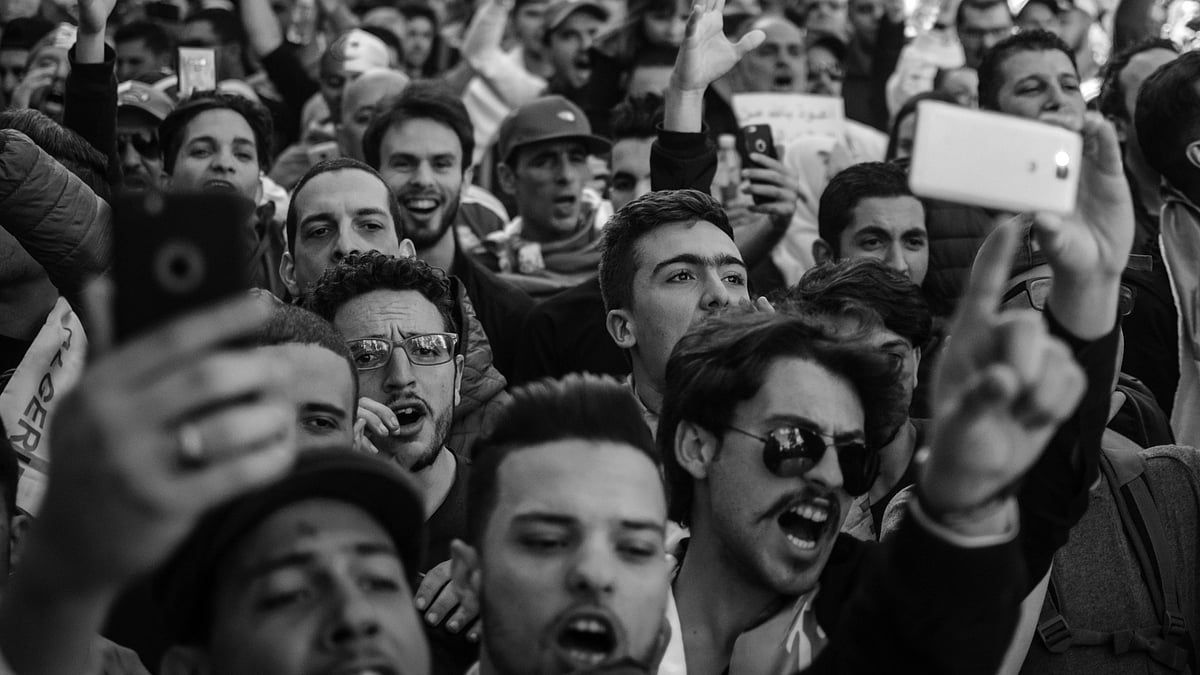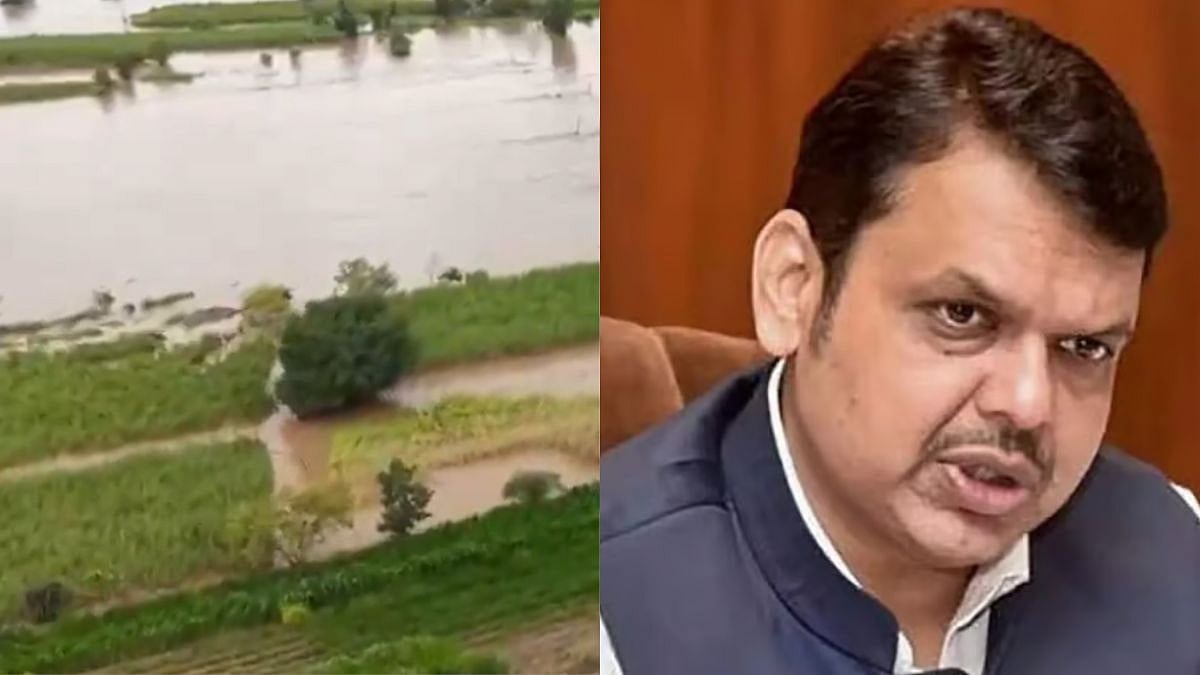The long-awaited final phase of Mumbai Metro Line 3 (Aqua Line) is set to be inaugurated on October 8, 2025, marking the completion of the city’s first fully underground metro corridor. The last stretch, extending from Science Museum Station to Cuffe Parade Station, features 11 underground stations and will enable uninterrupted travel from Colaba to Aarey—a major milestone in Mumbai’s urban transport landscape.
The first phase of the Aqua Line—from Aarey to BKC—became operational in October 2024, followed by an extension to Acharya Atre Chowk in May 2025.
The remaining section of Mumbai Metro Line 3 includes stations such as Science Museum, Mahalaxmi, Mumbai Central, Grant Road, Girgaon, Kalbadevi, CSMT, Hutatma Chowk, Churchgate, Vidhan Bhavan, and Cuffe Parade. This phase connects key areas of South Mumbai, linking business districts, heritage landmarks, and residential neighborhoods."
Once operational, the Aqua Line will significantly reduce commute times, with travel from Cuffe Parade Metro Station to the Domestic Airport expected to take just 45 minutes—offering Mumbaikars a fast, efficient, and reliable mode of public transport.
The 33.5-kilometre corridor, developed by the Mumbai Metro Rail Corporation Limited (MMRCL), connects the southern business district of Mumbai to the northern suburbs of SEEPZ and Aarey, featuring 26 underground stations and one at-grade station.
Beyond improving connectivity, Metro Line 3 incorporates several commuter-friendly features, including dedicated women-only cars, priority seating for senior citizens and persons with disabilities, and a robust surveillance system across all stations and trains to enhance passenger safety.
“The Aqua Line is not just about speed, but about accessibility, safety, and dignity in commuting,” an MMRCL official said. "Once fully operational, the Aqua Line will transform Mumbai’s public transportation, ease road congestion, and offer a more sustainable alternative for Mumbaikars."
Construction Feats and Challenges
The Rs 37,276 crore project, backed by the Japan International Cooperation Agency (JICA) and the Government of India, has been under construction for more than eight years and has seen contributions from over 15,000 workers, engineers, architects, and tunneling experts.
According to MMRCL, the project navigated several engineering and logistical hurdles, particularly in tunneling through complex geological formations beneath densely populated and heritage-sensitive neighborhoods.
“Working beneath structures in congested areas like Girgaon, Kalbadevi, and D.N. Road required meticulous planning to avoid any impact on existing buildings and utilities,” an official stated.
Despite these challenges, the project achieved several notable milestones. According to an MMRCL official, a total of 54.5 km of tunneling was completed in adherence to international safety standards.
“At one stage, 17 tunnel boring machines (TBMs) were operated simultaneously—marking the largest such deployment in India for an underground metro. Additionally, heritage-sensitive construction techniques were employed near iconic landmarks such as Hutatma Chowk and Chhatrapati Shivaji Maharaj Terminus (CSMT), ensuring minimal impact on the city's architectural legacy,” the official stated.
Why It Took Over 8 Years
Work on Mumbai Metro Line 3 began in 2017. According to sources, it took over eight years to complete due to a combination of complex technical, environmental, and administrative challenges.
Mumbai’s geology posed serious obstacles ranging from hard basalt rock to reclaimed land and water-logged soils all of which made tunneling slow and complicated. Water ingress, especially in coastal areas and during the monsoon, further delayed construction.

“Relocating underground utilities, acquiring land, and securing environmental and legal clearances added to the time taken. The process also required coordination with multiple agencies and utility providers, making execution more tedious. In many sections, the metro line passed beneath or near heritage buildings, crowded markets, and densely populated slums, which demanded extra caution to prevent structural damage. This sensitivity around old and important structures often led to public opposition,” sources said.
Litigation from residents, environmentalists, activists, and political factors further slowed progress. On top of that, Mumbai’s annual monsoon season became a major hurdle, often bringing construction work to a standstill.









